The American River Parkway is a 32-mile greenbelt that begins in Folsom and winds alongside the suburban communities of Fair Oaks, Gold River, Rancho Cordova and the City of Sacramento, until reaching the confluence where the American and Sacramento Rivers meet. The Parkway, often referred to as the “Jewel of Sacramento,” is home to more than 40 species of fish, hundreds of plant species, 220 species of mammals. (American River Parkway Plan, 2008) The Parkway and its abundance of natural resources, is an oasis in our metropolitan area, where more than half a million people live.
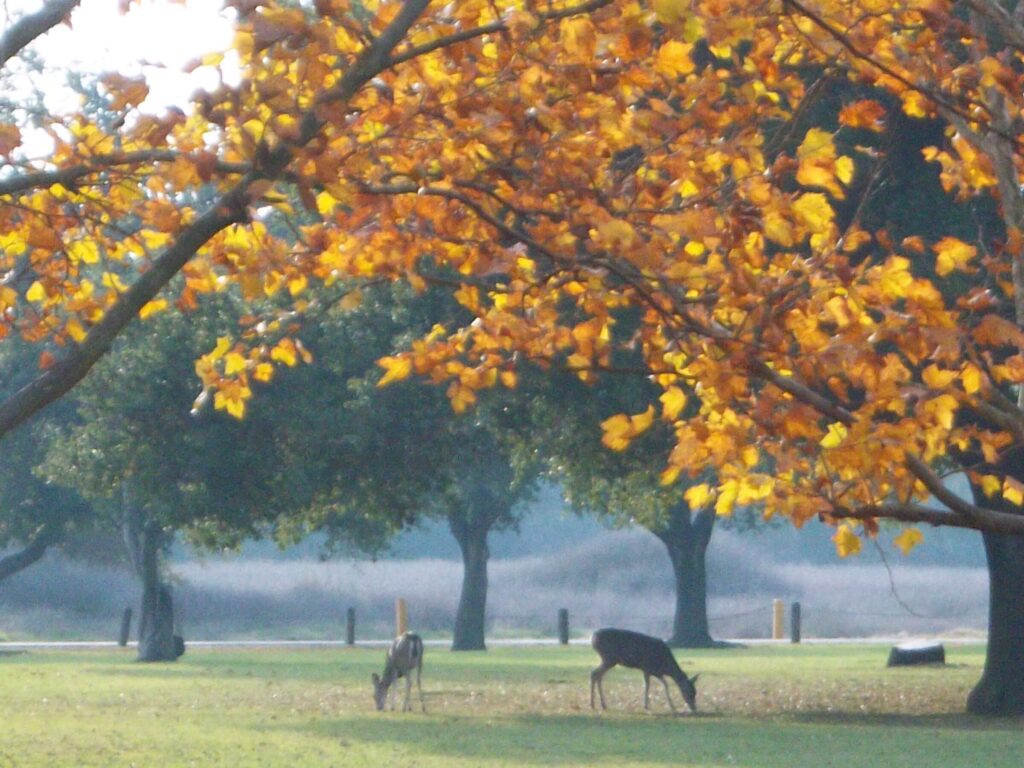
Watching Wildlife
One of many critical pieces of the American River ecosystem is the fall salmon run beginning in October, through the end of the year. As Fall temperatures begin to cool, salmon arrive and swim upstream to spawn in the river of their birth. Hundreds of waterfowl and shore birds converge at spawning sites to enjoy a delicious salmon meal. Many salmon choose to spawn between River Bend Park and Sailor Bar. Thousands more swim up to Nimbus Fish Hatchery in Rancho Cordova. Steelheads follow salmon, arriving in December through March. Spawning season attracts the largest number and most diverse collection of waterfowl and birds all year.
Find an open space with a view of the river to watch early morning “wake up” rituals of waterfowl. Depending on the weather, you may see Canada Geese, multiple species of ducks, Great Blue Heron, Snowy Egrets, gulls, Cormorants, River Otters and Beavers. Turtles hide most of the day, emerging occasionally to sunbathe on a log or rock and jump in the river for a brief swim. Seals have been seen at Sutter’s Landing and as far upriver as Fair Oaks Bluff.
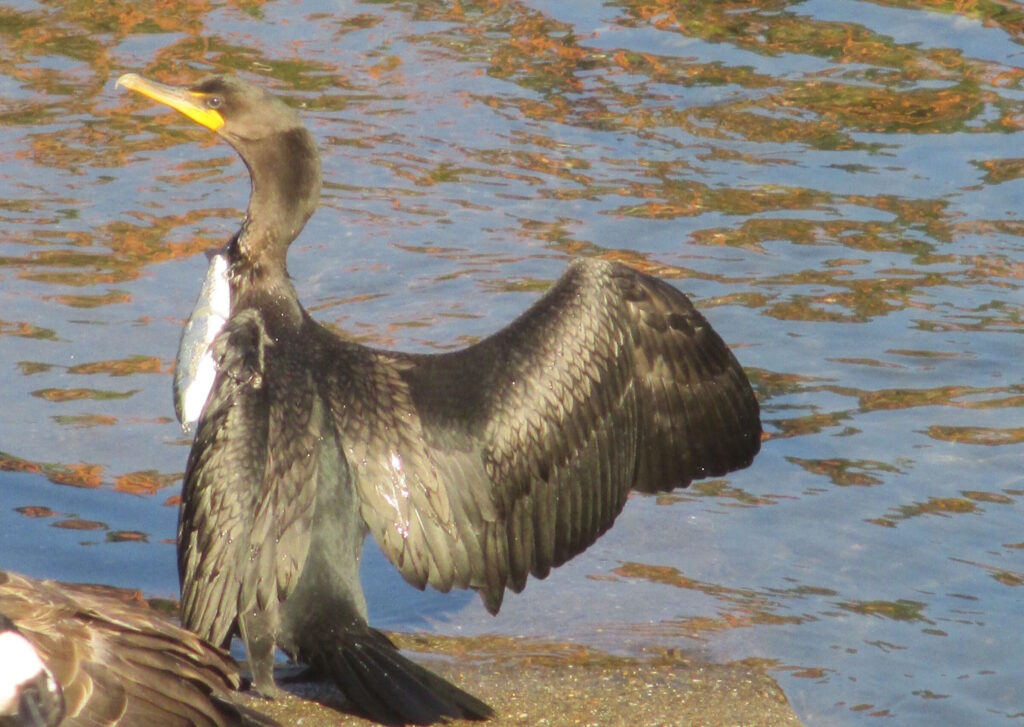
Watch diving ducks flip over with tails in the air searching for breakfast. Canada Geese honk loudly as they arrive. Ducks prepare for landing in the river by pushing their webbed feet straight out in front of them, and touch down as if they were skiing. Watch the Cormorant as it stretches out its wings to air dry. Snowy Egrets glide on soft, wide wings. The Great Blue Heron arrives with noisy chatter. It keeps a suspicious watch on everything.
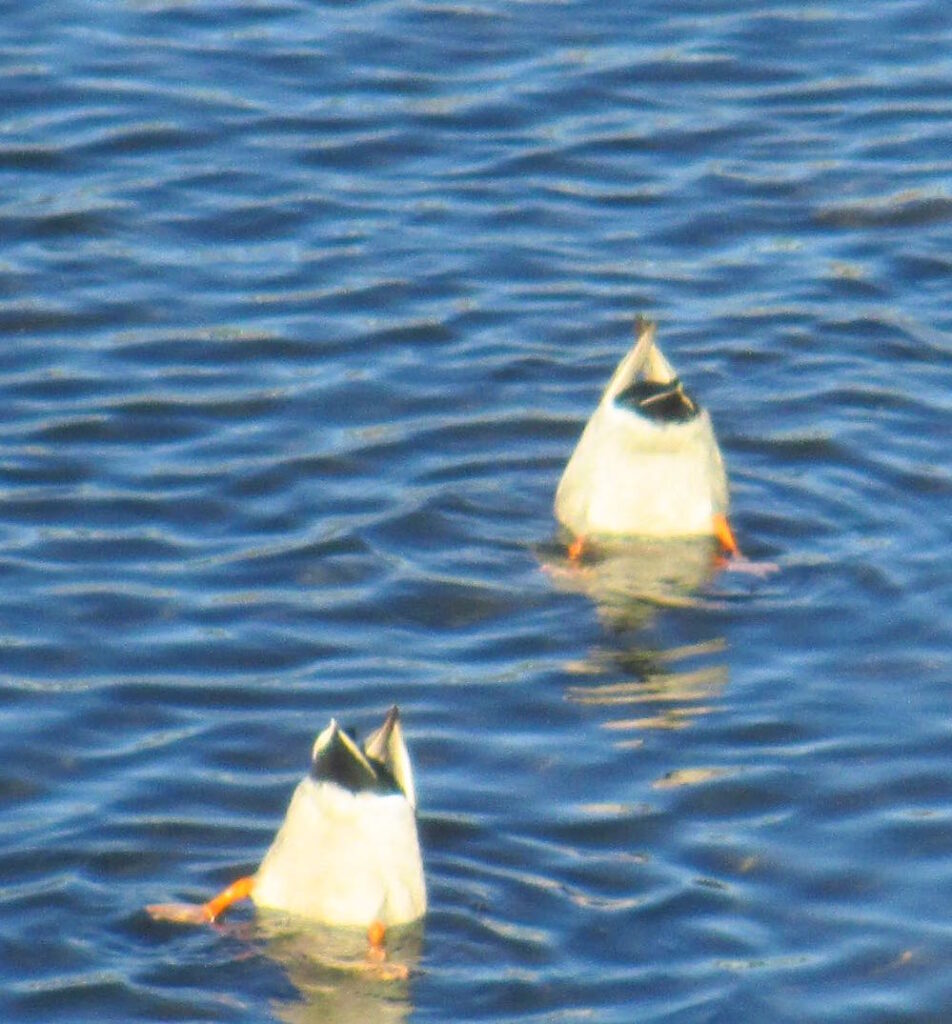
Eagles and Turkey Vultures roam the skies at various river locations. Wild turkeys regularly patrol the bike trail. Deer pause to eat in grassy meadows and Oak Woodlands. Coyotes wander in search of their next meal. You may see one walking on the bike trail. Squirrels explore trees. Snakes hide in grasses and suddenly emerge to cross the bike trail. Look and listen for woodpeckers drilling holes in tree trunks to hide acorns. Lizards climb tree trunks and rocks. Watch their push ups as they cling to bark.
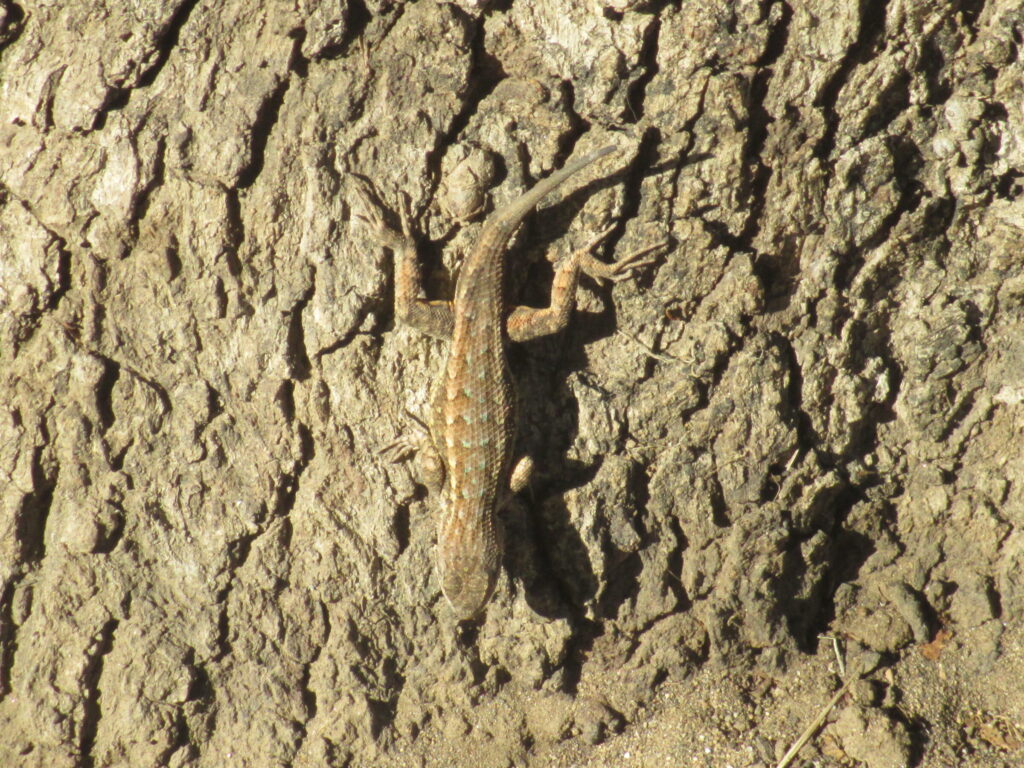
River Habitats
The American River Parkway is home to numerous types of habitats, each with distinctive characteristics.
Freshwater Marshes: Cattails, rush and sedge flourish here.
Riparian areas and Riparian Forests: 660 acres of the Parkway are covered by Riparian Forests. One of the largest contiguous areas is near Discovery Park. Sandbars and riverbanks located in these Riparian areas include shrubs and vines essential to preserving the natural wildlife habitat. Leaving these areas undisturbed, with limited human visitation, is vital to their preservation. Cottonwoods and Willows are the fastest growing and largest trees in this area. Their tree canopy covers create a structure where many other plants flourish, in addition to providing cover for wildlife.
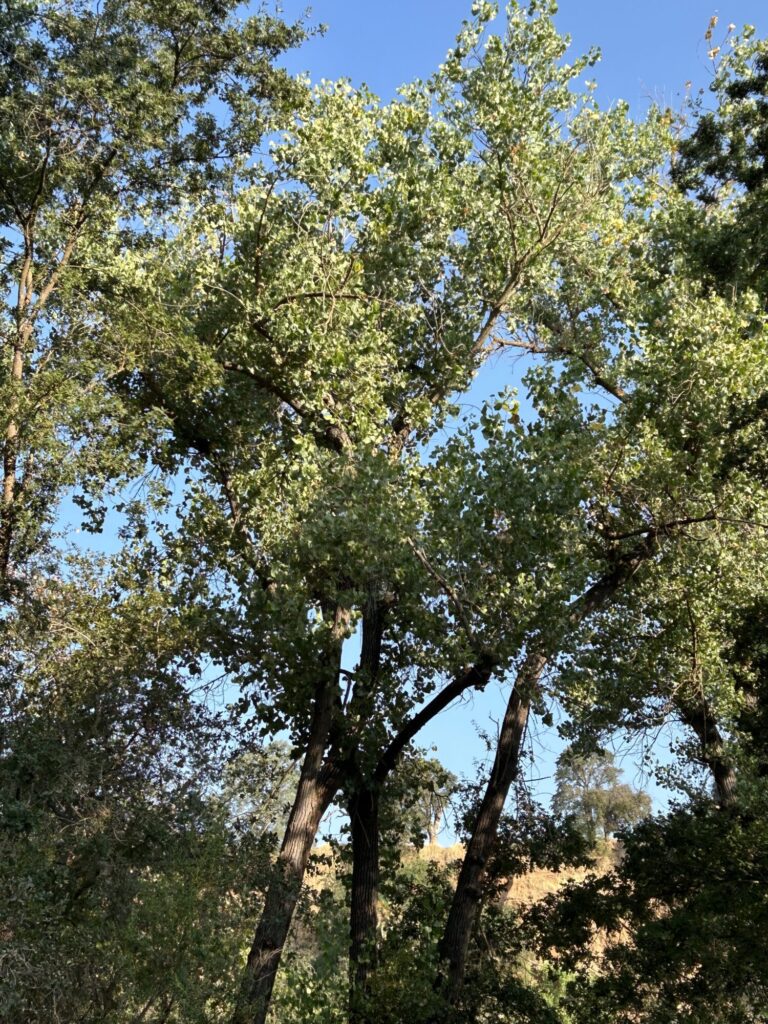
Forest habitats: Contribute a significant food source for birds of prey, such as hawks and owls, in addition to woodpeckers, jays and numerous other bird species.
Riparian Scrub: Refers to younger and smaller trees and shrubs that grow on sand bars. at low flow channels and the end of ponds. Willows, Alders and Cottonwoods flourish here
Oak Woodlands and grasslands: Valley Oak, Blue Oak, Live Oak and Black Walnut are staples of the Parkway The largest of their tree canopies occur along the river edge, flourishing with enriched soil.
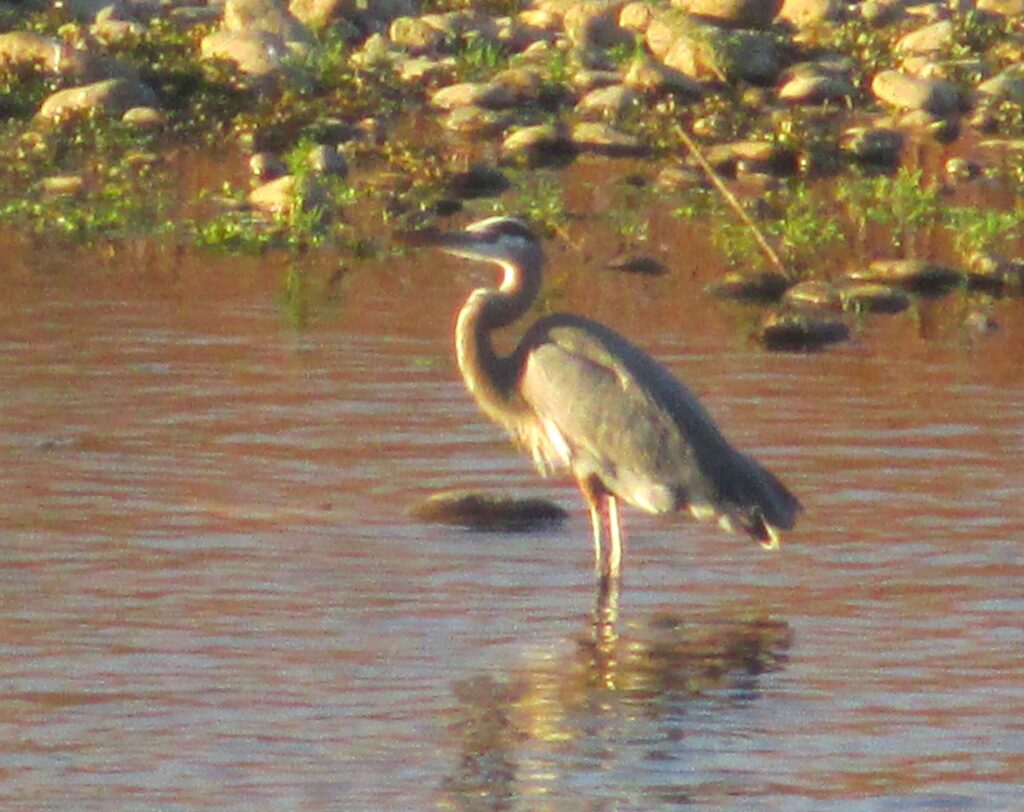
Agriculture and Grasslands: Many can be recognized as either active, abandoned or fallow agricultural fields. Soil Born Farms is an active urban farm located on the Parkway. Mining tailings, levee slopes, and frequent flooding are other ways to recognize these landscapes. Invasive weeds crossing many acres of land yield low quality habitat for wildlife and unsuitable conditions for recreation and trails.
Shrub Grasslands: Willow trees and Coyote bush are abundant here, characterized by merging of riparian and grassland lying within the flood plain. Increased sunlight and improved soil leads to grasslands replacing riparian plants.
Invasive Species Threaten the Parkway
Many invasive plant species pose serious threats to the environment. The American River Parkway Plan, 2008 cited the following threats caused by invasive species:
- Leads to increased soil erosion, major damage to stream and wetland areas that provide for animal, fish and native plant habitat.
- Increased risk of wildfires. Spiraling ivy growing on trees is one example of how invasive species become a fire ladder to quickly spread across landscapes.
- Decrease in the natural biodiversity of the area as invasive plants “overcome” natives.
- Leads to decline in the wildlife population as native food sources are replaced by invasives.
- Dense growth of invasive species leads to decrease in water flows downstream, increasing flood risks.
Yellow Star Thistle, Red Sesbania, Spanish Broom, French Broom and Scotch Broom are some of the many invasives that continue to grow throughout the Parkway. Foundation staff and volunteers continue to remove invasive plants. Removal is an ongoing process of vigilant observation.

American River Parkway Foundation Invasive Plant Management Program
(https://arpf.org/what-we-do/programs/ipmp/) as reference for link above
We all Make a Difference
We can all make a positive difference when we visit the American River Parkway, either on foot, on a bicycle or in a clean up or restoration crew Enjoy the peaceful settings without disturbing the landscape and keep wildlife wild.
By Janice Kelley
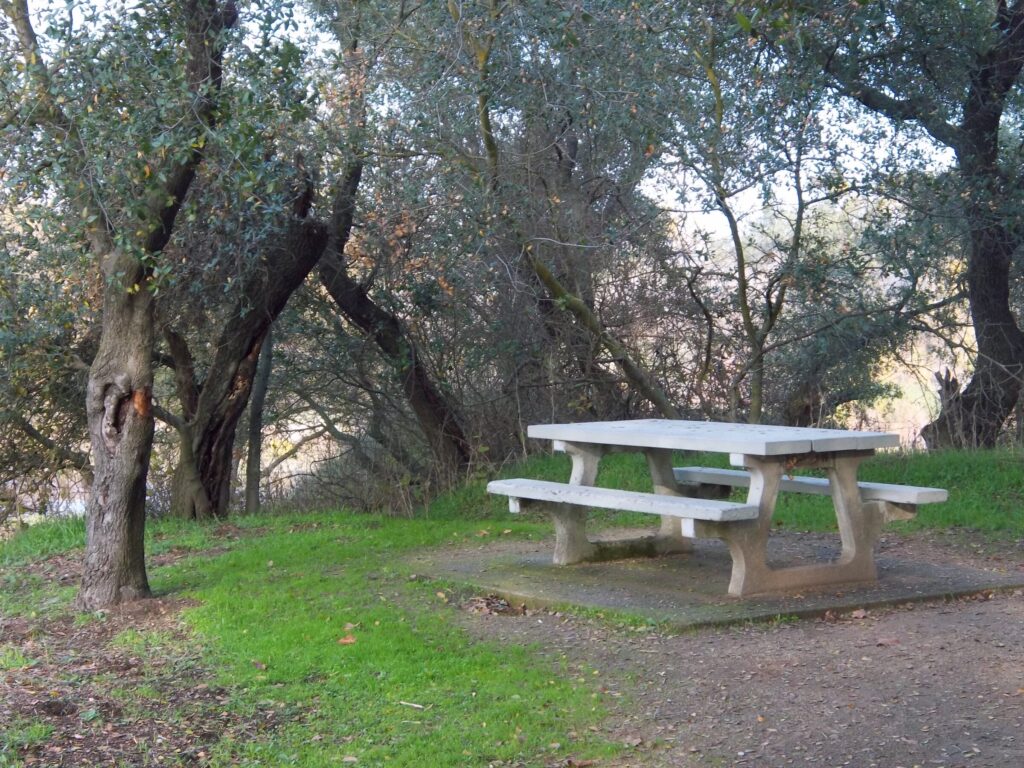
Photos by Janice Kelley reprinted from her blog and book, “Mornings on Fair Oaks Bridge, Watching Wildlife at the Lower American River.” https://naturelegacies.com

